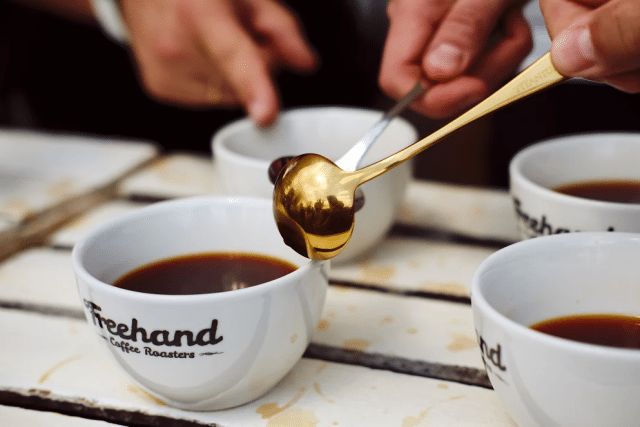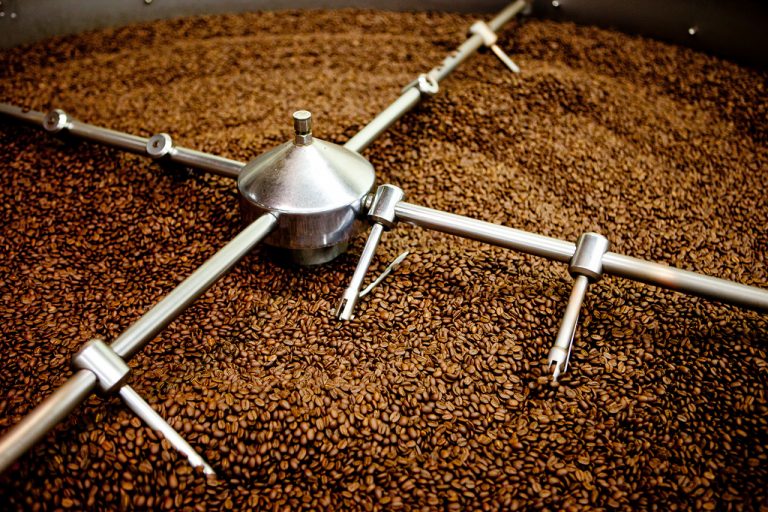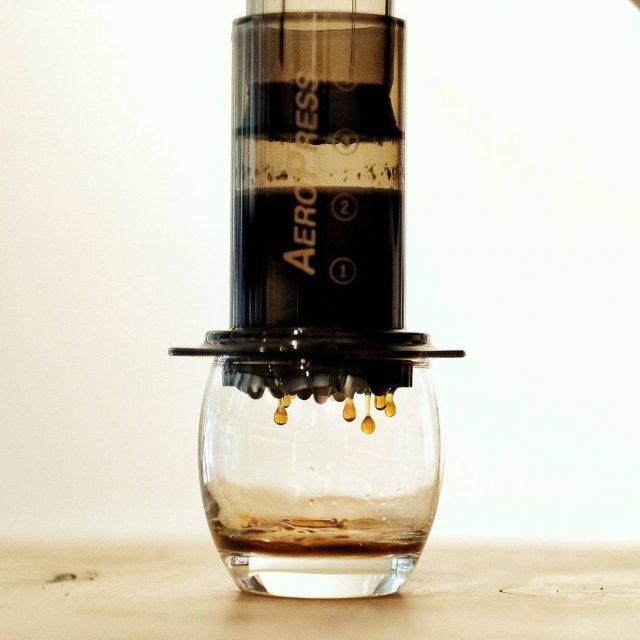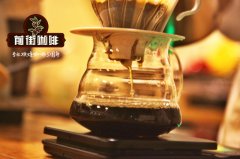[coffee tasting] what is astringency? Why does coffee taste astringent? What if it tastes astringent?
Professional coffee knowledge exchange more coffee bean information please follow the coffee workshop (Wechat official account cafe_style)
What is the astringent taste?
Astringency is a common term used by roasters and cup testers to describe the taste of coffee, but ordinary coffee lovers don't seem to know the standard and definition of astringency.
What on earth is astringency?
Why is it astringent?
What about the astringent coffee?
Astringent taste is different from sweet and sour taste, it is not a kind of taste. Strictly speaking, it should be called "astringency", which is the "roughness" created by polyphenols in food in the mouth. Polyphenols exist in many kinds of fruits, tea, red wine, chocolate and coffee. Chlorogenic acid, tannin and catechin all belong to polyphenols.

The astringency of coffee mainly comes from dicaffeoyl quinic acid (Decaffeoylquinic aic) degraded by chlorogenic acid (Chlorogenic acid) during roasting. In addition, a small amount of tartaric acid (Tartaric acid), also known as "gluconic acid", is also the source of astringency. Due to the condensation of "dicaffeoylquinic acid" with the protein in oral saliva, there is a wrinkled "astringency" in oral epithelial tissue.
In terms of raw bean quality, there are two main reasons for astringency:
1. Raw bean varieties contain too much chlorogenic acid (such as Luodou and related hybrid varieties)
2. The defect rate of raw beans is too high (such as immature beans and heterogeneous beans)
Astringency is caused by special chemicals in coffee, which can make your mouth and teeth feel dry. The dryness of coffee is usually very similar to the feeling in the mouth when eating raw apples and bananas. But judging from experience, high-quality coffee will never make you feel dry after drinking it.

Generally speaking, the purpose of cup testing of coffee is to determine the flavor of the coffee and decide whether to buy it or how to bake the highest quality of the coffee.
Negative astringency will expose defects in the quality of coffee, but in fact, there is also a good astringency in coffee, and high-quality astringency is sometimes a symbol of coffee quality.
In the baking process, the reasons for astringency are complicated. It is generally believed that the "dehydration period" is too short, that is, the dehydration is insufficient, and the beans (bean core) are not ripe. In addition, according to Master Taguchi, chlorogenic acid stays too long in the process of "water decomposition" and produces excessive caffeic acid and quinic acid, resulting in bitterness.

So, how should we tell whether the astringent taste is good or bad?
Bad astringency lasts long
The astringency produced in the process of growing or processing coffee is difficult to reverse. For example, coffee fruit is actually picked with leaves, or if the fruit is not ripe enough, it has been picked. In the baking stage, improper baking and uneven baking is also one of the causes of astringency.
Good astringency is short-lived.
Even the coffee beans that have been carefully picked and selected will have a certain astringency within a few months after processing. The right amount of astringency can enrich the level of coffee and make the taste of coffee stay longer. Only a truly experienced tasting master can judge the real strength of coffee in the short-term astringent taste of coffee.

From past experience, the first new kidney beans obtained each year usually have a certain degree of astringency when tested in the cup, and this performance precisely shows that the beans are fresh enough. The astringency of these freshly processed coffee beans will not completely fade until 3 to 4 months later, so when tasting these new season coffee beans, astringency is the evidence of the freshness of raw coffee beans.
So, what are the circumstances that usually lead to the astringency of brewed coffee?
In order to eliminate the effect of defective beans on cooking quality, we often encounter sour and bitter conditions in daily cooking. The main reasons are:
1. The water temperature is on the high side (or there is a heat source to heat the water temperature continuously)
2. The water temperature is too low (or the hot water loses temperature too fast)
3. Stirring too much (or too fast)
4. the grinding degree of coffee powder is too fine (or too much ultra-fine powder).
5. The grinding degree of coffee powder is too rough.
These factors either cause the extraction rate of coffee to be improved, so that too many dissolved substances are extracted, including good and bad flavors, generally showing a bitter taste, or the extraction rate of coffee is too low. the extracted flavor substances are too few and out of balance, astringent taste is magnified and prominent, and generally shows as sour taste.
So if you want to improve the astringency of coffee brewing, try lowering (raising) the water temperature or thickening (fine) the grinding scale. If there is no way to improve after the real adjustment, it may be a problem with the quality and baking methods of the beans.
Important Notice :
前街咖啡 FrontStreet Coffee has moved to new addredd:
FrontStreet Coffee Address: 315,Donghua East Road,GuangZhou
Tel:020 38364473
- Prev

Teach the coffee experience from the Japanese coffee roaster "Taguchi Guard"
Professional coffee knowledge exchange more coffee bean information Please follow the coffee workshop (Wechat official account cafe_style) in order to make the coffee well, I went to Tokyo four times around the first half of 2013 to learn from Japanese coffee roaster "Taguchi"! Taguchi, 76, with nearly 50 years of coffee opening and roasting experience, is the current chairman of the Japan boutique Coffee Association. Although the age is high.
- Next

What is flat white Australian White Coffee Starbucks Fragrance White is mellow White Australian White Latte comparison
Professional coffee knowledge exchange more coffee bean information please follow the coffee workshop (Wechat official account cafe_style) this time we are going to talk about flatwhite. I like flatwhite very much. I often talk about flatwhite here, and I keep comparing the flatwh of different stores.
Related
- Detailed explanation of Jadeite planting Land in Panamanian Jadeite Manor introduction to the grading system of Jadeite competitive bidding, Red bid, Green bid and Rose Summer
- Story of Coffee planting in Brenka region of Costa Rica Stonehenge Manor anaerobic heavy honey treatment of flavor mouth
- What's on the barrel of Blue Mountain Coffee beans?
- Can American coffee also pull flowers? How to use hot American style to pull out a good-looking pattern?
- Can you make a cold extract with coffee beans? What is the right proportion for cold-extracted coffee formula?
- Indonesian PWN Gold Mandrine Coffee Origin Features Flavor How to Chong? Mandolin coffee is American.
- A brief introduction to the flavor characteristics of Brazilian yellow bourbon coffee beans
- What is the effect of different water quality on the flavor of cold-extracted coffee? What kind of water is best for brewing coffee?
- Why do you think of Rose Summer whenever you mention Panamanian coffee?
- Introduction to the characteristics of authentic blue mountain coffee bean producing areas? What is the CIB Coffee Authority in Jamaica?

